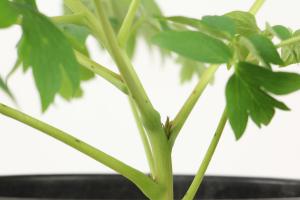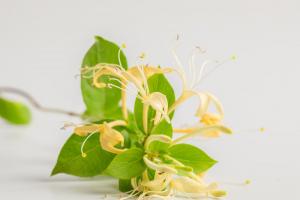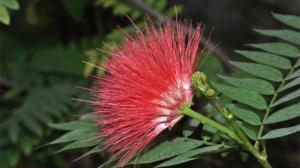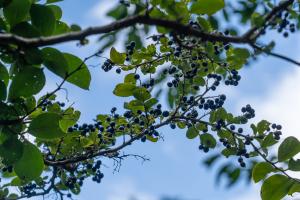Choosing the Right Location for Gardenia
Gardenias are some of the most stunning flowers that can decorate a garden or a landscape. Known for their heady fragrance, and glossy green leaves, they have become quite popular over the years. But before planting a gardenia, it is important to choose the right location. Here are some tips on the ideal locations for planting gardenia:
1. Sun or Shade?
Gardenias require adequate sunlight to thrive. It is important to choose a location that gets at least four to six hours of sun each day. However, it is equally important to protect the gardenia from excessive heat that can scorch the leaves and flowers. In some regions, gardenias benefit from partial shade during the hottest parts of the day. So, choose a location that provides filtered light or morning sun with afternoon shade.
2. Soil Type and Quality
Gardenias thrive in well-drained soil that is rich in organic matter. They prefer slightly acidic soil with a pH between 5.0 and 6.5. Before planting, test the soil to determine its pH and nutrient levels. If the soil is not acidic enough, you can add sulfur to the soil to increase the acid content. Furthermore, it is important to avoid planting gardenias in heavy clay soil, as this can cause drainage problems that can lead to root rot.
3. Avoiding the Wind
Gardenias are quite sensitive to wind damage. Strong winds can dry out the leaves and cause breakage, reducing the plant's overall health. It is important to choose a sheltered location that is protected from the wind. Alternatively, you can create a physical barrier, such as a fence or hedge, to protect the gardenia from exposure to strong winds.
4. Humidity and Temperature
Gardenias thrive in hot and humid conditions. They do not tolerate extreme temperature fluctuations or low humidity. Therefore, it is important to choose a location that maintains a stable temperature range of 60掳F to 70掳F. Additionally, if you live in an arid region, you can consider creating a humid microclimate around the gardenia by misting the surrounding area with water.
5. Protection from Pests and Disease
Gardenias are at risk of insect pests and fungal diseases. To protect the plant, it is important to choose a location that is less susceptible to pests and diseases. For example, avoid planting gardenias in locations where other plants have had issues with pests or disease in the past. Additionally, you can take preventive measures such as regularly inspecting the plant for pests and implementing proper fertilization practices to boost the plant's immune system.
In Conclusion
Choosing the right location for gardenia is crucial for the plant's health and longevity. The ideal location should provide adequate sunlight, well-drained soil, and protection from wind and pests. Additionally, it is important to maintain a stable temperature range and humidity level to ensure the plant's growth and blooming. By following these tips, you can enjoy the beauty and fragrance of gardenias in your garden or landscape for years to come.

 how many times do yo...
how many times do yo... how many planted tre...
how many planted tre... how many pine trees ...
how many pine trees ... how many pecan trees...
how many pecan trees... how many plants comp...
how many plants comp... how many plants can ...
how many plants can ... how many plants and ...
how many plants and ... how many pepper plan...
how many pepper plan...






























